Recommendations for high-yield crab farming
In order to enhance the value of the sea crab industry and promote an innovative ecosystem to serve sustainable aquaculture development, on November 18, the Department of Science and Technology of Ca Mau province coordinated with Can Tho University to organize an international workshop on "Innovation and sustainable development of the sea crab industry".
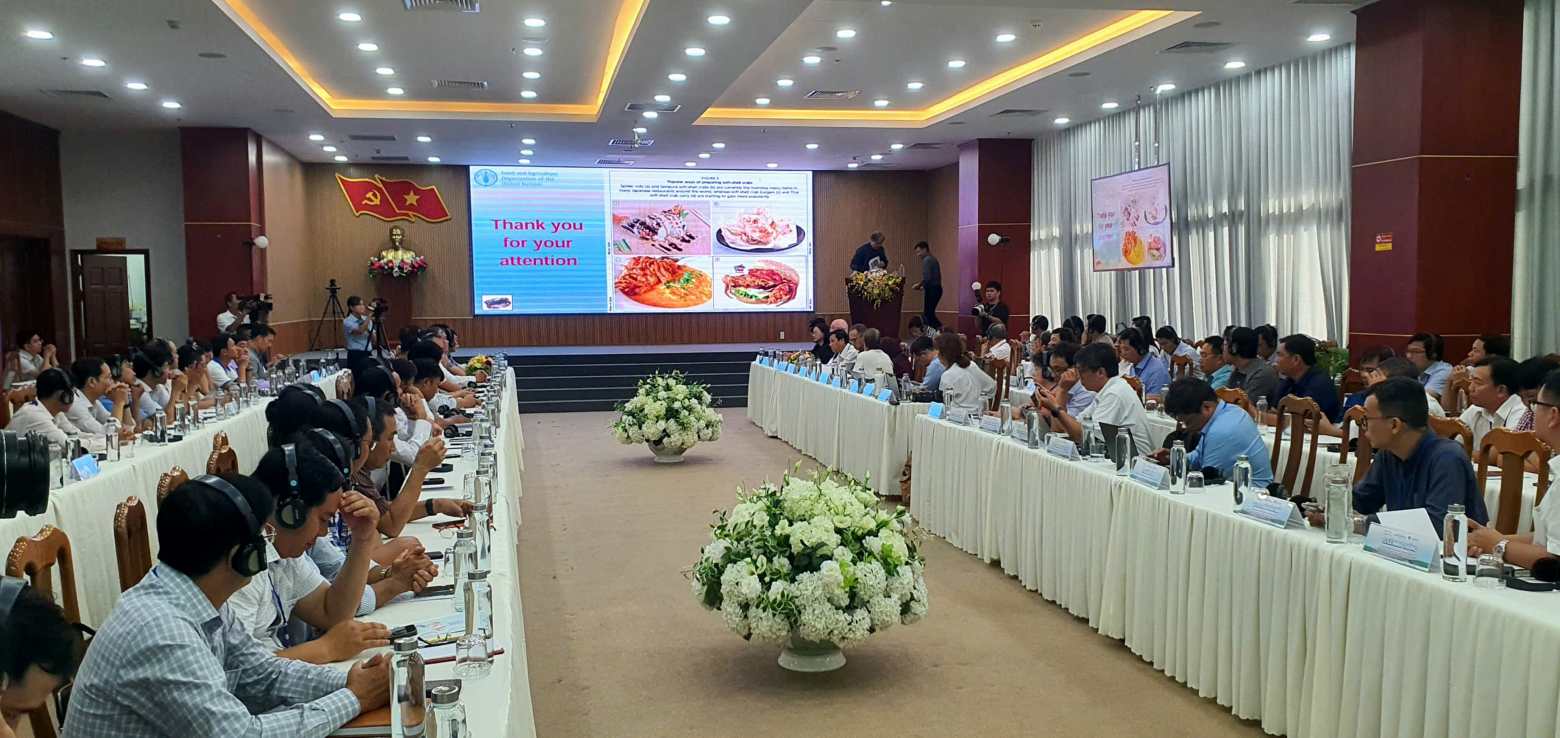
At the workshop, Dr. Lovatelli Alessandro - aquaculture expert, International Agricultural and Rural Organization (FAO) - said that crab production based on farm varieties still accounts for a small proportion; most farms still rely heavily on natural varieties, raising concerns about sustainability.
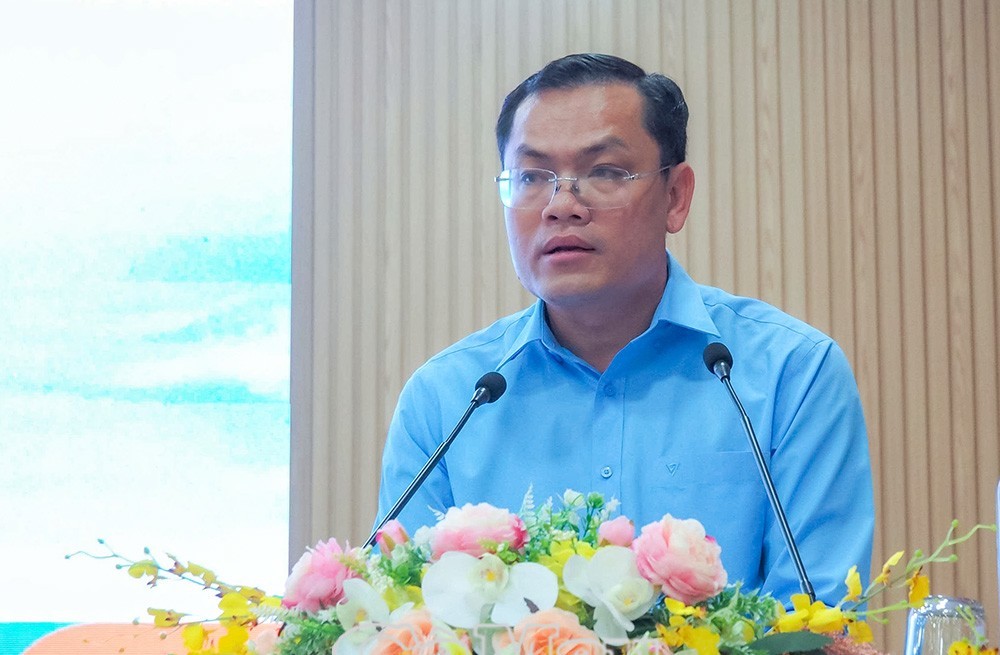
The FAO report has identified many bottlenecks in industry development, including: Subjects belonging to natural breeds; Excessive exploitation of parent crabs; depletion of the habitats (especially mangrove ecosystems); Limitation in access to industrial food; Unsecured epidemics and biological safety. These issues show the urgent need to invest in research and transfer technology to gradually shift to a sustainable artificial breeding production model.
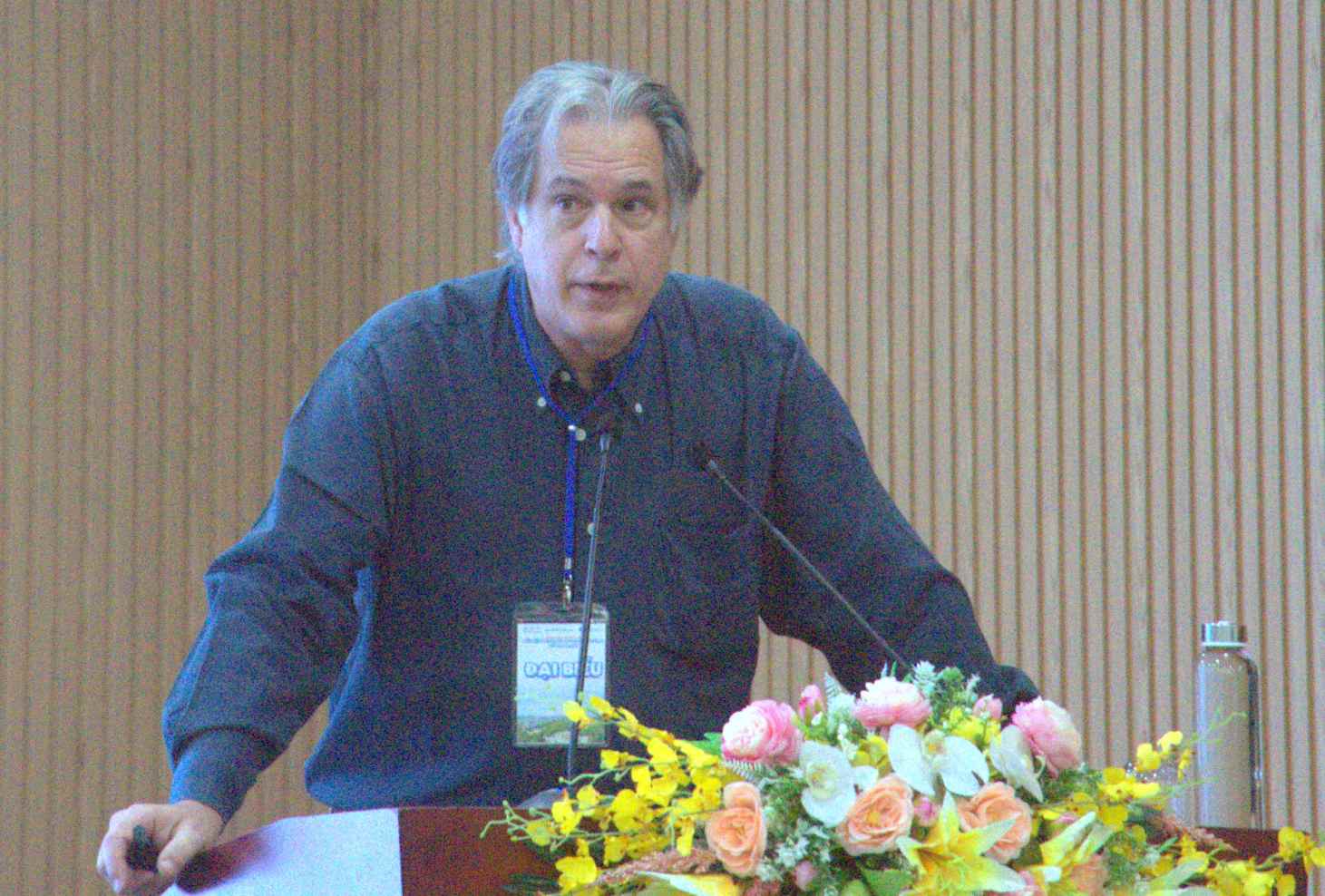
The sea crab farming industry has developed from manual practice to an industry with modern technology, associated with the global market. Although the output is still modest compared to other aquatic species, this industry has great socio-economic significance, bringing income and jobs to millions of people along the coast of Asia.
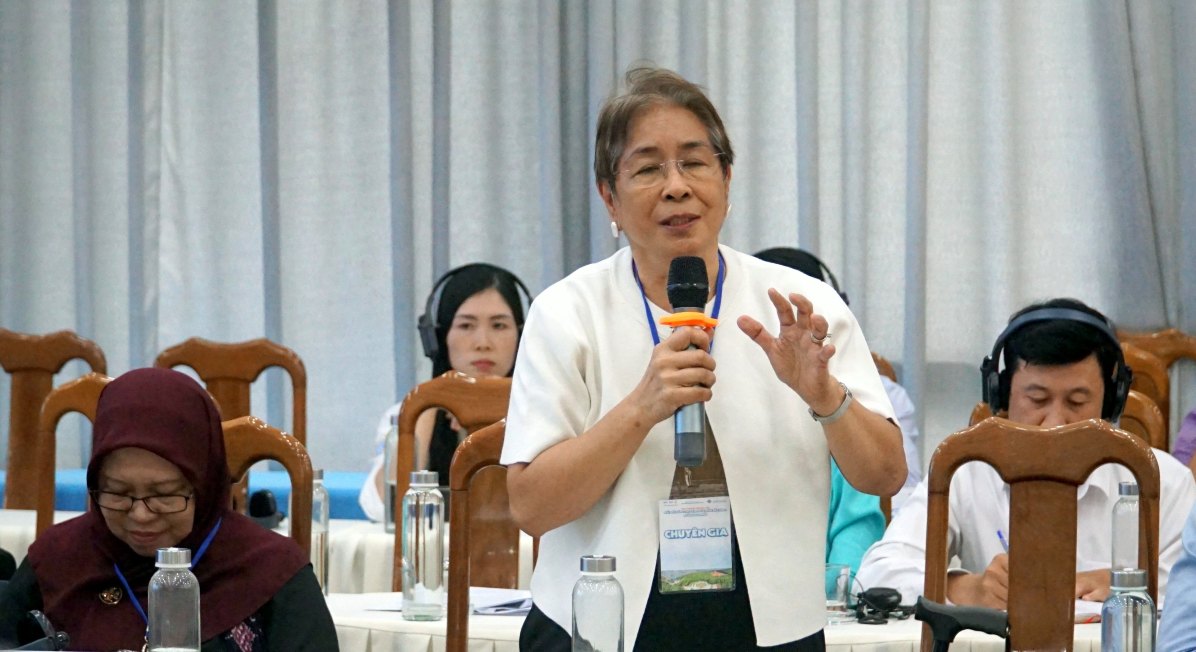
Prof. Dr. Yushinta Fujaya - Hasanuddin University, Indonesia - said that the crab industry has also developed for a long time, although it has only recently developed, it is still not commensurate with the potential and has not received due attention from governments. An association or organization on crab farming, processing and exportation has not been formed, so sharing risks among countries is necessary.
At the workshop, experts and speakers said that sea crab has development potential, if paid attention to the stages of breeding, techniques, preservation, processing, export, promotion... it is likely to go further than expected.
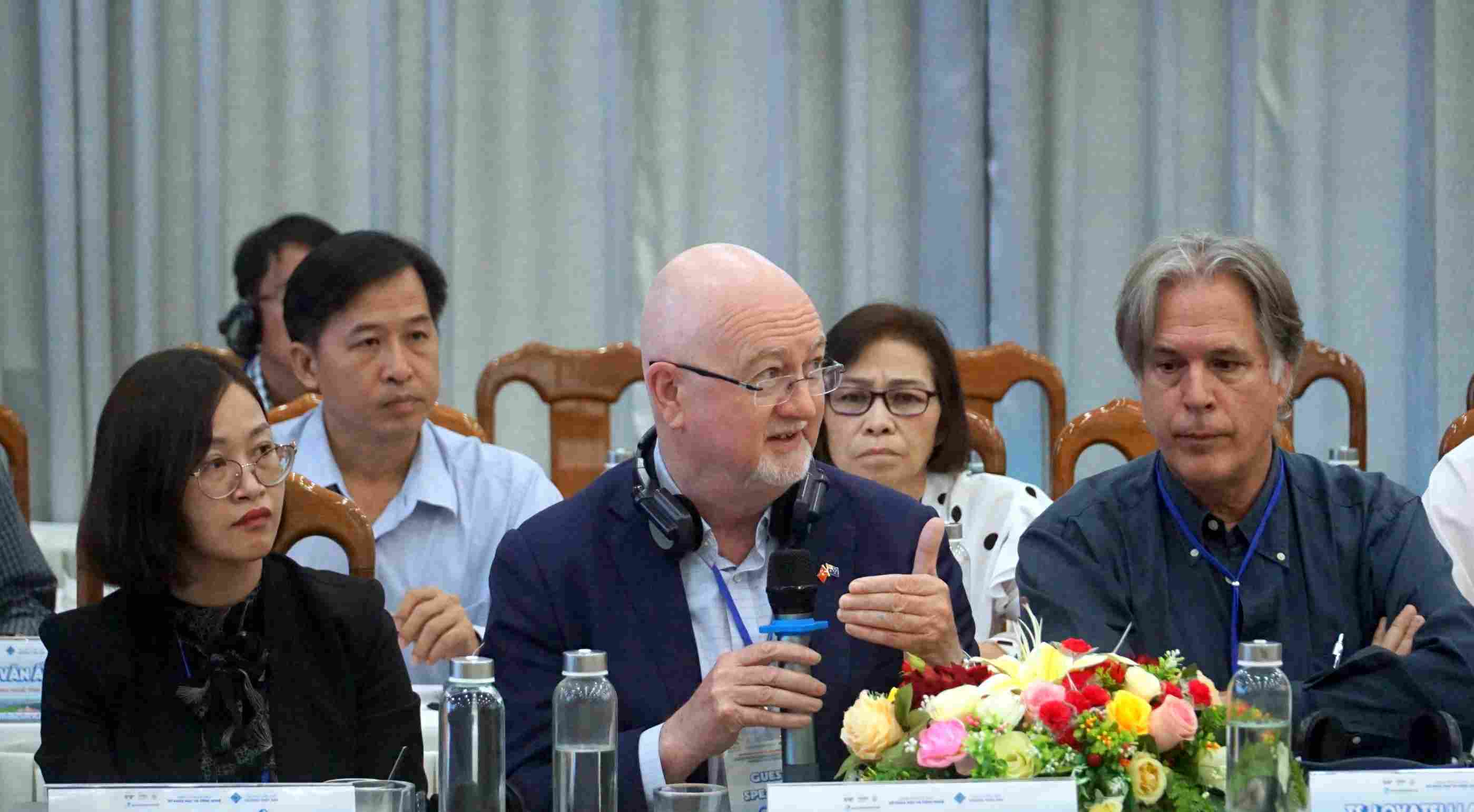
Looking to the past to look forward to the future
Prof. Dr. Vu Ngoc Ut - Principal of the School of Fisheries, Can Tho University - said that with natural advantages of tidal flats, mangrove forests and a rich system of ponds and lagoons, Vietnam is assessed to have great potential in developing the marine crab industry.
Before the 1990s, sea crab was mainly exploited directly from nature or raised based on wild collection seeds. However, with the rapid development of seed production technology, there is now a more reliable and sustainable supply of seeds. The development of artificial breeding techniques helps proactively produce artificial breeds, strongly promoting the development and expansion of sea crab farming.
Preliminary survey shows that this area currently has about 600 seedling farms, mainly concentrated in Bac Lieu and Ca Mau, with an output of up to 1.5 billion crab seeds per year - enough to meet the needs of many different types of sea crab farming in the area.
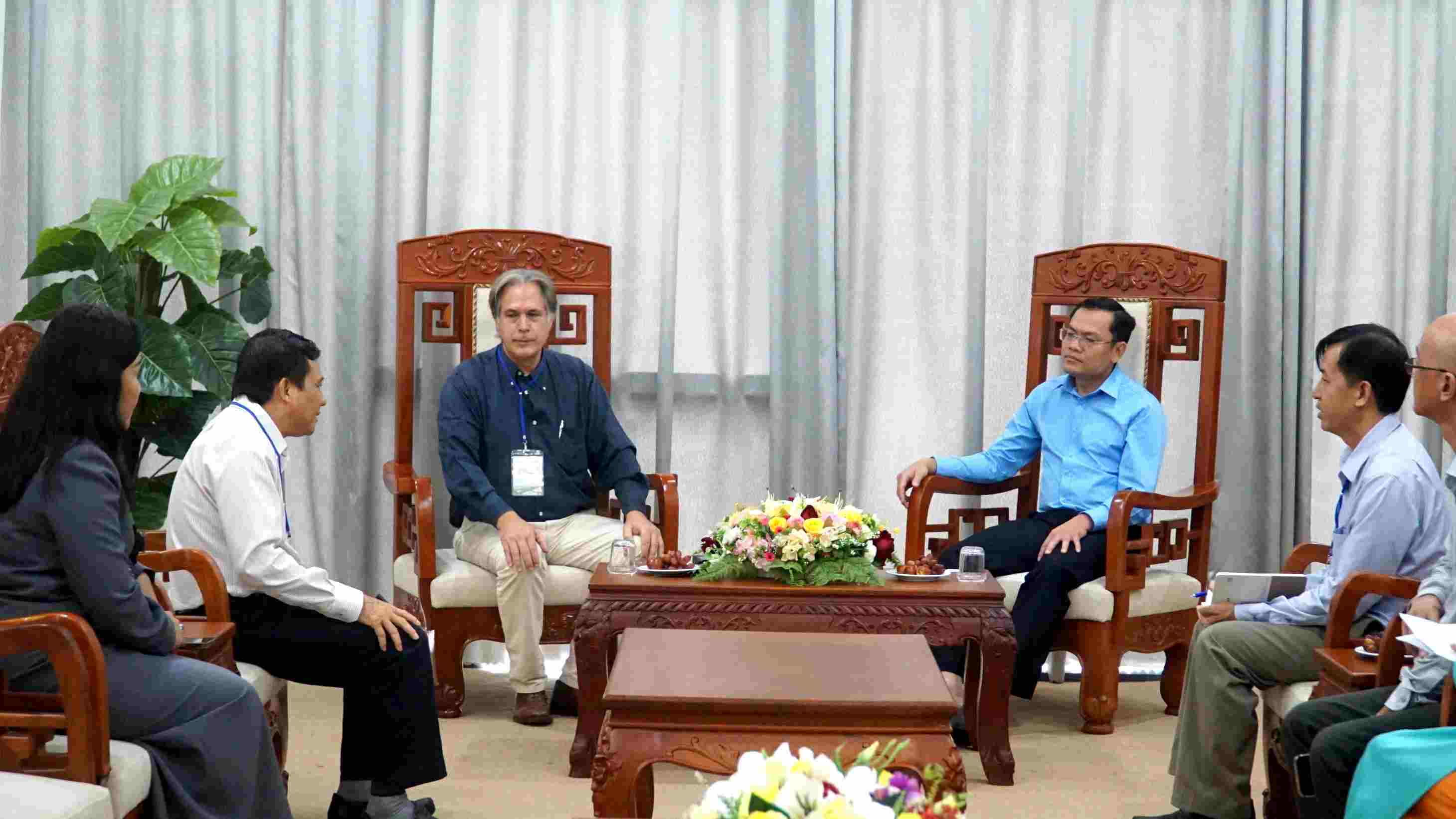
However, the marine crab farming industry in Vietnam is still facing many problems that need to be solved for development in the future. These are the quality of breeds that is declining due to the ability to degenerate, hypoglycemia, antibiotic use in the breeding farm and no replacement, lack of industrial feed specifically for Larvae and cheap capsular feeding for commercial farming, and a shortage of product and market standards.
If these challenges are addressed and the risks of farming are significantly reduced, sea crab farming will become more efficient and profitable.
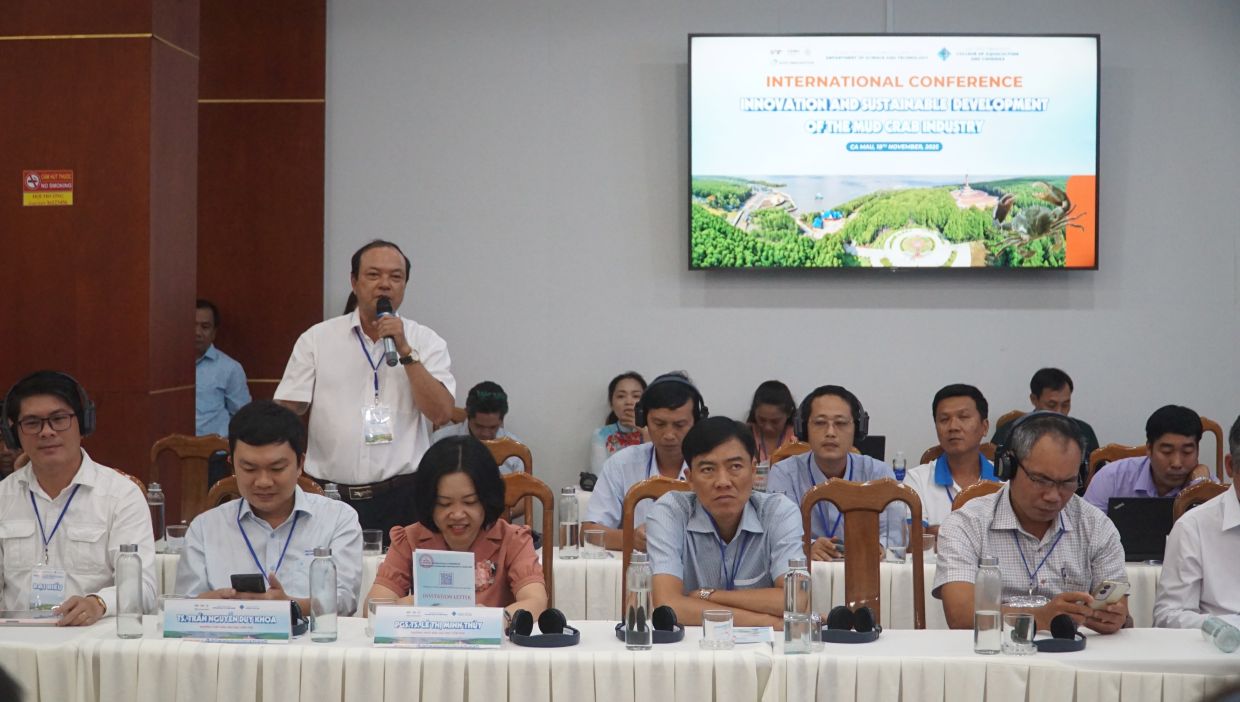
Vice Chairman of Ca Mau Provincial People's Committee Ngo Vu Thang affirmed that Ca Mau will continue to improve the policy environment, infrastructure and strengthen coordination with ministries, branches, institutes, schools and international partners to receive scientific proposals, thereby transforming them into specific support programs, plans and policies, in order to increase the added value of Ca Mau crab products.
















